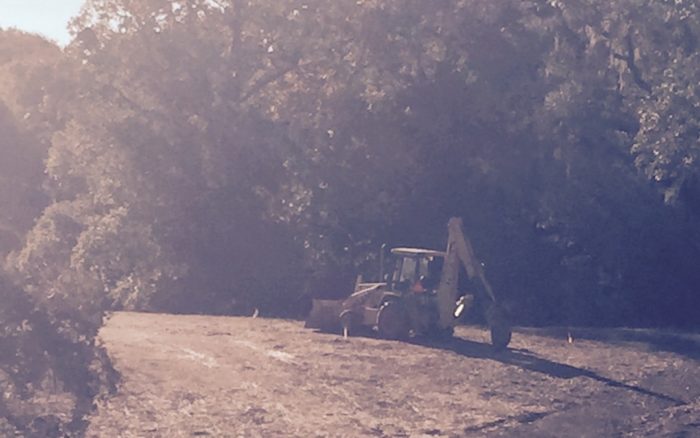I am copying in my letter to the editor of the Napa Valley Register from yesterday, September 20, 2015. It is accompanied today by several letters arguing that tourism is essential to the economy of our state. When profit and money become the guiding star, we lose track of wholeness. I am not against tourism, and, in fact, I love to travel. But I am learning there is the dark side to travel and tourism, and we are confronting that in Napa County. What are the ethics of travel? and of tourism? Here are some important things that you can do in contacting our county governing officials.
The Cultivation and Farming of Tourists
One of the most environmentally and socially destructive trends in agriculture in the Napa Valley is the recent expansion of the definition of agriculture to include direct marketing.
Since revision of the Winery Definition Ordinance in 2010 to include the activities of direct marketing as “accessory uses” to agriculture in our protected Ag Preserve and Ag Watershed lands, these “protected” lands are now open to such activities as “event centers” with commercial kitchens, visitation, and the selling of tickets for food and wine pairings— effectively including the cultivation and farming of tourists as an accessory use in these once-protected Ag lands.
The unintended consequences are severe: increased traffic choking our main artery roadways, deforestation and destruction of oak woodlands on our hillsides for more vineyards and wineries, decreased ground water due to watershed degradation and irrigation and winery use — which depletes neighboring wells — not to mention the increase of second homes and proliferation of short-term rentals for tourism.
Our county no longer includes tourism as an revenue source but is becoming increasingly dependent on tourists — a tourism economy. New wineries and vineyard owners are often not farmers of crops, but entrepreneurs having no idea of the local ecology and little or no experience in farming or grape growing. Many are most interested in the investment and lifestyle.
A study of the recent votes in the Agricultural Protection Advisory Committee shows some of the problems. Seventeen committee members were appointed by the Board of Supervisors from various citizen groups: two from environmental groups, two from the community, two from municipalities, two from business, two from the wine industry, two from agriculture, and one from each of the five districts. The effective result weighed in favor of business, hospitality, and the wine industry. Community, environmental, and agriculture members (six of them) often voted for preservation of agricultural lands and watersheds; the other 11 members often voted to support the business of wineries and business economies.
Any vote passing had to have a super majority, or 12 votes. Most of the time, votes did not pass, often dividing on the above lines. Recommendations by supermajority included avoiding the use of variances for achieving compliance with land use regulations (all agreed), establishing guidelines for future winery use permits based on a recommendation of the director of planning (again, all agreed) — and accepting the 2010 WDO working definition of agriculture — which includes the commercial activities of commercial kitchens, visitation, and events (12-4). The four dissenters, of course, were the representative of agriculture, the environment, and the community.
Please contact our elected and appointed officials (Board of Supervisors and Planning Commission) who serve the larger public and the commons to ask them to correct this error in the WDO.
Patricia Damery
Napa
